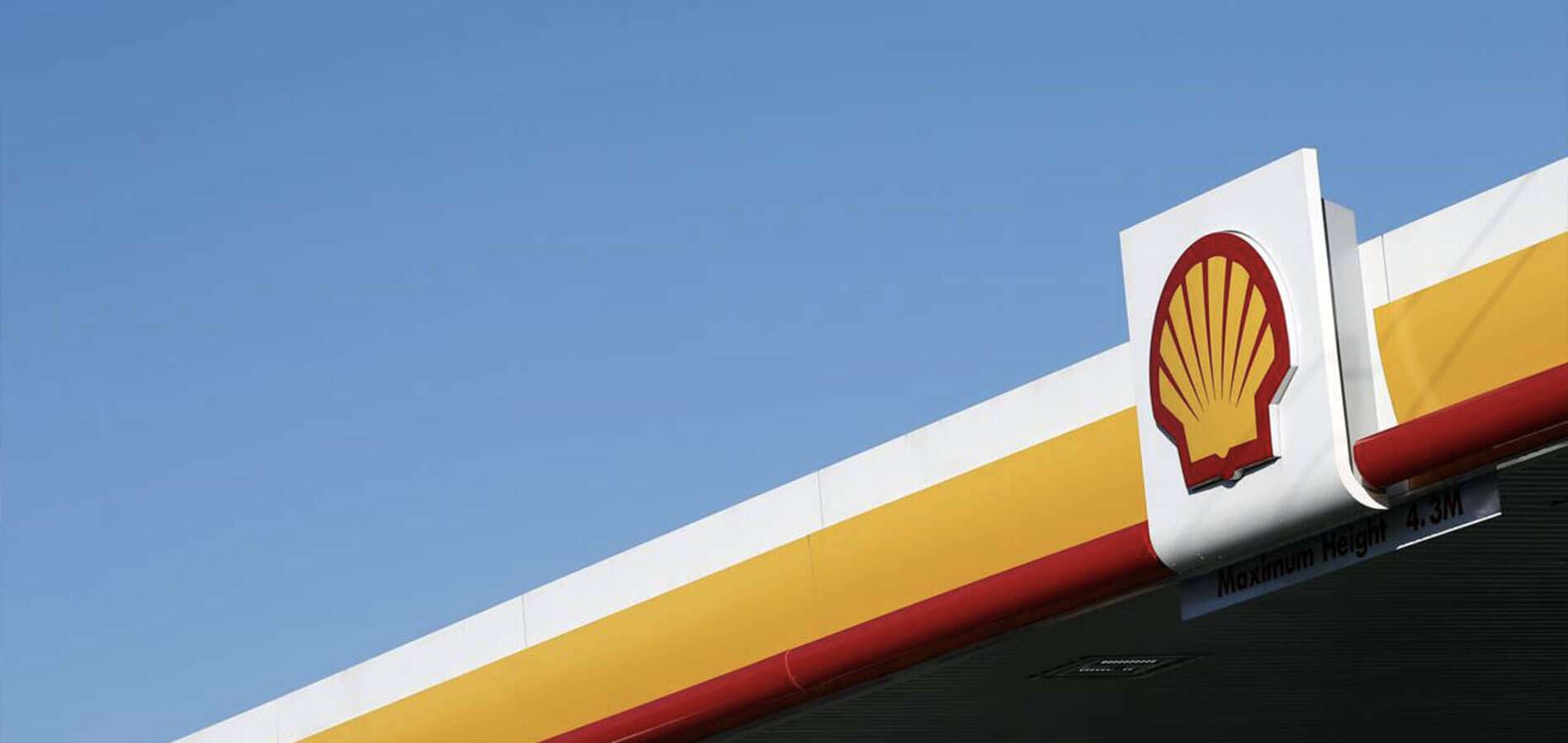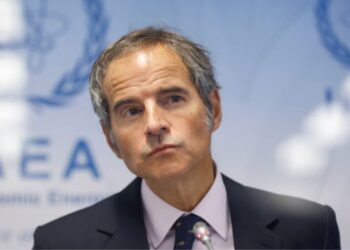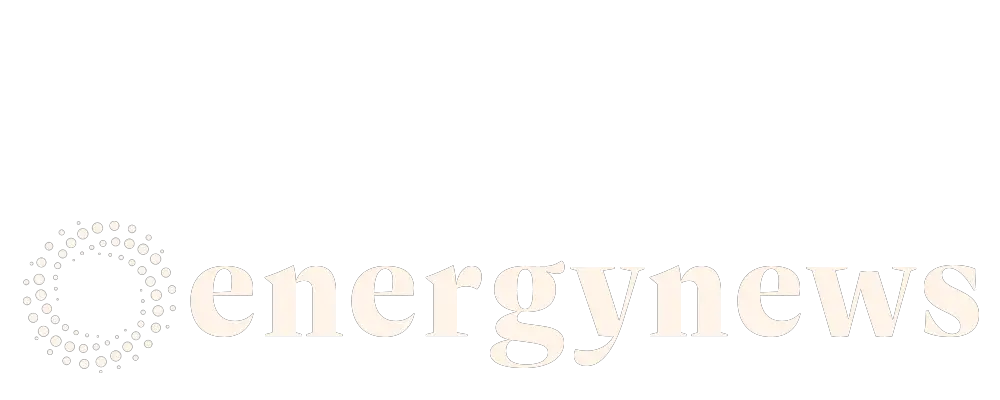Both stations are equipped with LIN Assist technology. A technology that uses liquid nitrogen (LIN) to recover evaporative gas generated in LNG storage units. It offers a secure and automated solution to avoid the evaporation of gas into the air.
Two new stations part of Shell’s new strategy
Indeed, Shell is moving towards alternative fuels. The company also wants to develop its LNG stations in France. By the end of the year, Shell will have 5 LNG stations in France.
Roads from north to south
“The establishment of these two new LNG stations is strategically very important for Shell. It will allow us to welcome a large number of international customers using the main roads between the north and south of France,” explains Michael Littière, Business Development Manager LNG France.
“Considering the opportunities we are realizing in Spain, opening the route between Paris and the South to carriers using liquefied natural gas is strategically very important for us. It is also an opportunity for our customers to make a commitment to the energy transition now.
Through the development of LNG, Shell is continuing its commitment to reducing its customers’ carbon emissions. Beyond decarbonization, the firm cares about the comfort of its customers. In fact, the use of LNG fuel reduces engine noise by 50% compared to heavy diesel engines.
Shell wants to develop new LNG stations in France, Italy and Spain. All three countries are experiencing a sharp increase in fuel prices and highway tolls, which are causing increased costs for independent carriers.
By developing LNG, the company wants to support its carriers with cheaper alternatives and facilitate international trade.
Aware of the climate challenge, Shell wants to meet the requirements of the COP21 Paris Agreement. As such, the company has set a goal of becoming a net zero emissions energy company by 2050.
To meet this objective, Shell is counting on LNG, which emits 20% less CO2 than conventional diesel. Shell’s LNG network is present in several European countries (Poland, Netherlands, France, Spain, Germany, Belgium) through 57 operated stations. More than 580 LNG stations are present in the European Union. Shell plans to step up its efforts.
Three new LNG stations at the end of the year
In addition to these two stations, Shell will open three new LNG stations by the end of the year. The first, Central Est Bordeaux, is designed to increase the density of the LNG network between Paris and Bordeaux. The second, White Dog. Located on the A6 freeway, it links the south-east of Paris and Lyon. The third, Sommesous, is located at the intersection of the A26 freeway, which links Calais and Troyes, and the Nationale 4, which links Paris and Strasbourg via Nancy.
With this LNG station deployment program, we want to realize our ambitions and expand our network,” says Michael Littière.
Shell is also looking to other more sustainable energies, such as bio-GNL. The Anglo-Dutch company is a partner of Norsdol and Rennewi. Earlier this year, Shell inaugurated the first bio-GNL plant in the country. It is capable of producing around 3400 tons of bio-GNL, capable of travelling 13 million kilometers on the road.






